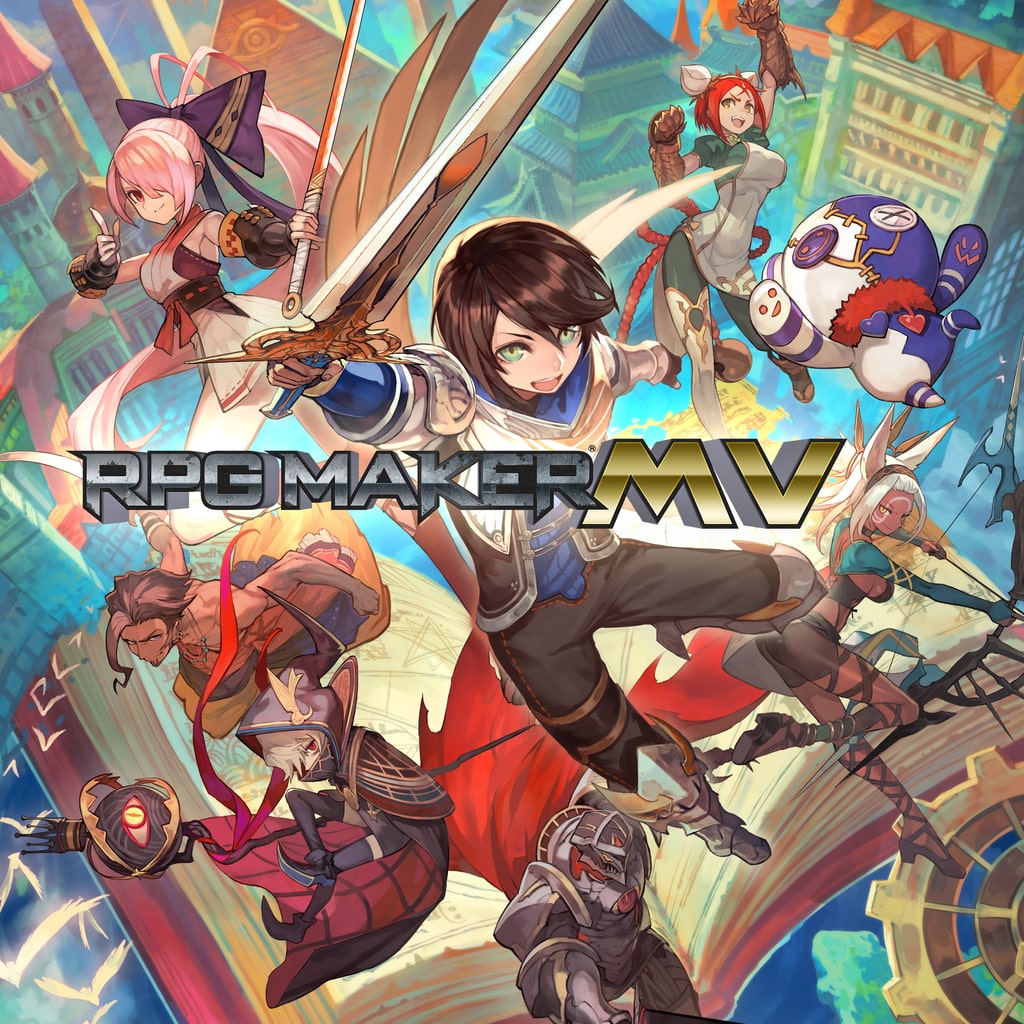

You can also change the speed of their movement and how frequently they move, i.e. The Autonomous Movement section allows us to set up events that wander around on the map, either following set routes, randomly or attempting to follow the player. Going back to our event window, the remaining sections we haven’t yet looked at include Options, which has four on/off settings: Walking means the sprite runs through its three frames of animation for the direction it’s moving when it moves (if it moves) Stepping means that it constantly animates through its three frames of animation even when standing still (much like in old Final Fantasy and Dragon Quest games, but also useful when using events as objects such as flaming torches, fires and candles) Direction Fix means that it doesn’t automatically turn to face the player when interacted with and Through means that it can pass through (and be passed through by) other objects, including the player. For now, pick one of the left-facing guards - it doesn’t matter which one of the three - and press OK. Notice how each character has four directions they can face and three frames of animation for each facing. The area on the right shows the complete image and all its elements. png image files that contain sprite sheets in your project. The column on the left is all the individual. This sprite picker is used in a few places in RPG Maker. Take a look in People3 and we should find a suitable candidate. Double click the blank space and pick a suitable guard-type character. Is it a person? A candlestick? A chest of drawers? Here’s where we decide. The Image option quite simply determines what our event looks like. Let’s look at the rest of the window first. For example, in the case of our guard, we’ll set him up to say different things before and after we enter the dungeon. So it’s best to have your event page with blank conditions as page 1, then more specific pages as later ones. The most important thing to remember about this is that if the conditions for multiple pages are true at the same time, the latest page takes priority. Events can have multiple pages, allowing them to change, appear and disappear according to your progress through the game. There’s a caveat to that: you’ll notice options for “New Event Page” and “Copy Event Page” at the top of the window. If you leave all of them blank, the event will always appear. Events can be turned on and off through global switches (which can either be “on” or “off”), variables (which store numerical values), self-switches (four switches specifically attached to the event, items the player has in their possession or actors (playable characters) the player has in their party. The Conditions section determines when the event is able to run, or if it even appears on the map. There are several areas to this window, so let’s look at them one at a time. Since we’re making an NPC that will block the player’s passage, maybe put it to one side of the path so it’s not directly in the way.ĭouble-clicking will bring up the Event editor, which looks like this. Scroll your map over to where we put our stairwell and double-click on a tile near the stairs. Let’s start by putting a guard by the entrance to the dungeon to warn the player that down the steps lies certain death, or possibly just a bunch of slimes. You may remember a brief foray into this from last time, when we set the player’s start position. Open up our project and make sure you’re switched to Event mode, not Map mode. Let’s start by populating the town with a few NPCs. Last time, we created two simple maps: a hand-crafted town and a randomly generated dungeon. All you need is an ability to think things through in a logical manner and an awareness of the options you have available to you. These are lists of commands that are attached to an object on a map, coupled with a trigger of some sort, be it the player walking up to an NPC and pressing the action button, or the number of flatulent wombles the player is carrying in their bag being greater than 13.Įvents are essentially a simple form of programming, but don’t run away screaming - you don’t have to memorise lots of different commands, define functions or anything complicated like that. In RPG Maker, you add interactivity through Events. It’s time to breathe some life into our world! This article is one chapter of a multi-part Cover Game feature!


 0 kommentar(er)
0 kommentar(er)
